NEW YORK, NY—The Olympics are supposed to represent the pinnacle of any sport, unfortunately in the case of the recent inclusion of golf for the forthcoming Summer Games in Rio de Janeiro they don’t.
The issues are now coming into focus as several of golf’s leading players have opted to bypass the games for a range of reasons. Others may follow.
Seven years ago, golf was voted back into the Games it had previously appeared in 1904. The push for the inclusion came from key organizations within golf such as the International Golf Federation, the United States Golf Association, The Royal & Ancient Golf Club, the PGA of America, the Ladies Professional Golf Association and Augusta National Golf Club. The belief centered on the Olympics as a mechanism to spur interest in the sport for countries with little to no connection to the game and with only those from upper income people playing. Examples include China, Russia, major areas of Africa and Eastern Europe and large areas of Central and South America.

Golf is primarily played in a number of leading western countries—the United States by far the largest in terms of total players and courses. But, over the last decade the growth of the game has slowed considerably: less players picking up the sport, course closings being more prevalent than openings. The reasons cited are straightforward: the cost to play, the time it takes to complete a round of golf and the overall difficulty of the game as teaching has failed to spur people to remain in the game and therefore opt for other recreational pursuits to enjoy.
One would of thought that after having golf brought back into the Olympics, that matters such as scheduling and the actual format of the event would have been smoothly settled upon and thereby encouraging the best players in the sport to be interested. That has not happened. Several key players have pulled out and possibly others may follow. Among them include Aussie Adam Scott, South Africans Louis Oosthuizen and Charl Schwartzel and Fiijan Vijay Singh. All are past major champions and each would have added much to the event itself.
The conflict has come about for two main reasons.
First, in order to accommodate the Summer Games this August, the overall golf calendar was significantly changed. Normally, the PGA Championship is played in the second week of August—given the fact that the Olympic men’s segment is scheduled for August 11–14 that necessitated a move to another time frame. The PGA of America opted to move its showcase event to the very end of July. In doing so, that meant three major championships—the U.S. Open, The Open Championship and PGA Championship—all occurring in a six week period. More importantly, the PGA Championship is being played just two weeks after The Open Championship concludes at Royal Troon in Scotland.
The PGA leadership had few real options. It could have scheduled later in the year—butting up against American football—with NFL and collegiate games pushing viewership down thereby hurting ratings. If the event were pushed too early in the calendar it would likely mean long time PGA Tour events would need to be pushed to other time frames. Since the PGA of America is celebrating its centennial this year it was determined having the event in the greater New York City metro area was needed since the organization was founded in the area and that Baltusrol Golf Club in Springfield, NJ had the wherewithal to stage the event given its long record in hosting various national championships.
As stated in the outset, for other sports the Olympics represents the ultimate peak. Not so in golf. The four major championships have had a long and storied role in determining golf’s great players and those competing in the sport are fully aware of their meaning. The Olympics, for top tier players such as Scott, is not in the same pantheon of the long time majors and therefore did not carry the aura he believed would necessitate his participation.
The second issue deals with the format of the competition. Both the men’s and women’s side features a 72-hole stroke play event—similar to what’s done for most other professional events. There was speculation the golf event would feature a team component—that did not happen.

The field for the event will be a limited one: roughly 60 players. The top 15 players in the world rankings receive invitations, up to a maximum of four (4) per country.
Once outside the top 15, no country can have more than two (2). Rounding out the field would be a range of players who would have no shot in competing for a metal but would be in the field anyway. The likely strength of the overall field in Rio—especially on the men’s side—would not even be among the very best seen at the top tier events on the PGA Tour.
Since the announcement in 2009 that golf would rejoin to the Summer Olympics those involved in representing major golf organizations believed such a watershed moment would serve as a galvanizing mechanism—getting other countries motivated enough to spend money on player development and facility creation in their respective countries. The sad reality is that many of the countries where golf is trying to expand its base of players are locations where the game has never truly been on the radar screen. Large size countries such as China, India and Russia have shown some interest in the sport—with China being more active than the other two—but none has really pushed for major expansion and committed to adding financial resources. In fact, China recently called for a halt to all golf course construction and has taken the position that the sport cultivates an elitism and celebration of values that fly in the face of communism.
The interesting dimension is whether more players will follow in the footsteps of the four who have opted out of playing in Rio this August. In order to quell that possibility the sponsors of the four major events have stated that the gold medal winner on the men’s side will receive an automatic exemption into each of the 2017 events. Even with such a perk, golfers have grumbled about the time factor it will take to adequately prepare and travel to and from the host site. In addition, there have been lingering questions on just how good the new course will be for the event and there is also continuing concern for the transmission of the Zika virus for those who make the trek as well as any possible security concerns given the global platform any Olympics game ensures.
It’s too bad golf did not plan for its participation in a similar manner to that of men’s soccer. To make sure the primacy of the quadrennial World Cup is preserved, only those under the age of 23 can complete in an Olympics. Having a team competition—along with an awarding of individuals metals—may have prompted more interest. It’s now appearing that the kind of careful thinking in bringing to life an Olympic connection should have been handled in a far different way.

Legendary figures such as Jack Nicklaus and Gary Player both weighed in with their thoughts lamenting the position taken by those who plan on not being present. As independent contractors—the upper echelon of golf’s hierarchy is pushed to play more and more—while realizing that getting maximum performance cannot be sustained indefinitely when combined with topsy-turvy schedules that more than likely induce indifferent play and only add to overall fatigue.
Complicating matters for American and European players the 2016 calendar also includes the Ryder Cup Matches in late September in the Minneapolis area. Those matches have been contested for many years and each side will want to be sufficiently rested and prepared for them.
Those who have been long time advocates of a golf connection to the Olympics can clearly learn from what is happening and plan accordingly since golf will remain in the Games through at least 2020 when hosted in Tokyo. If there was ever a time for golf to take a “mulligan” shot this may be it because if more top tier players opt out the whole point of golf being back at the Games is severely undermined given what was sold to the International Olympic Committee for the sport’s return in the first place.
M. James Ward, a member of Golf Writer’s Association of America (GWAA) and past member of Met Golf Writer’s Association (MGWA), has reported on golf’s grandest events since 1980 in a variety of forums.
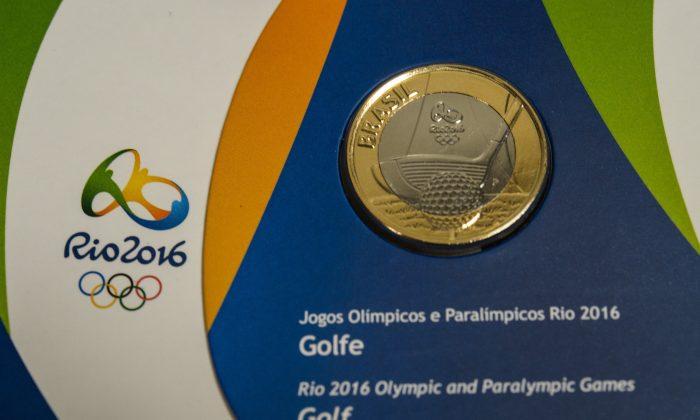
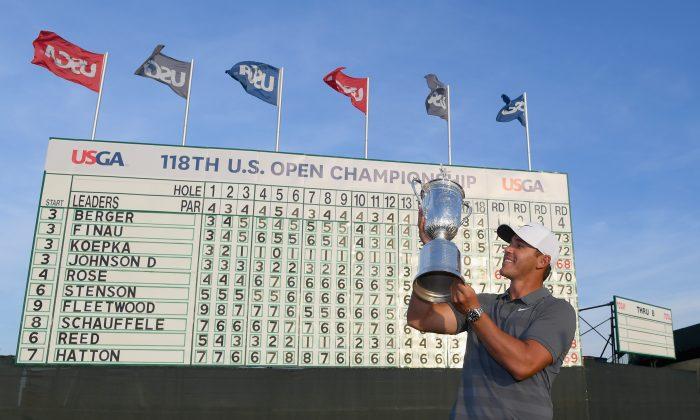
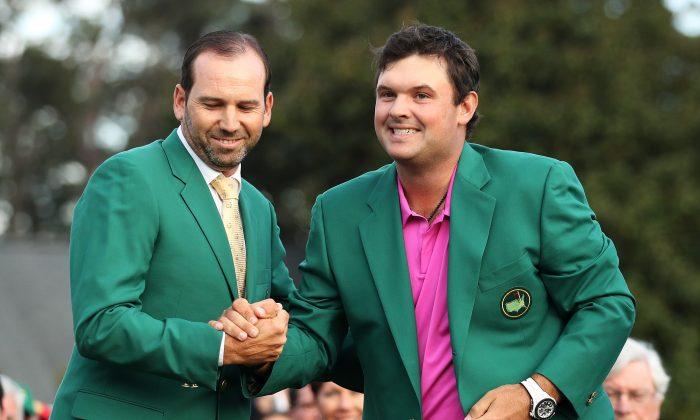
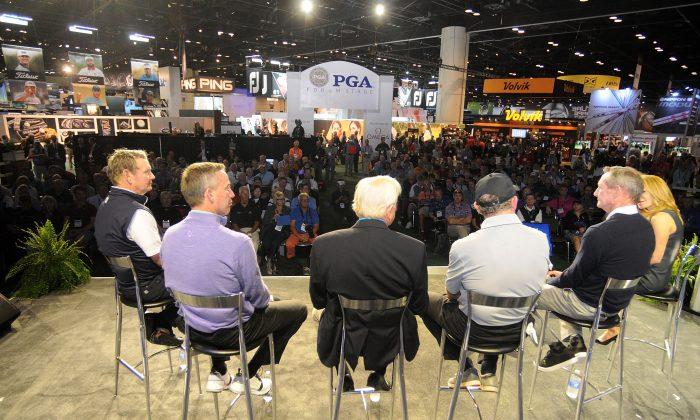
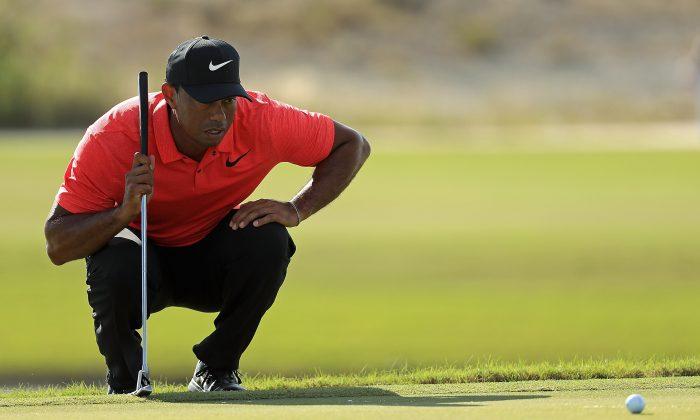
Friends Read Free